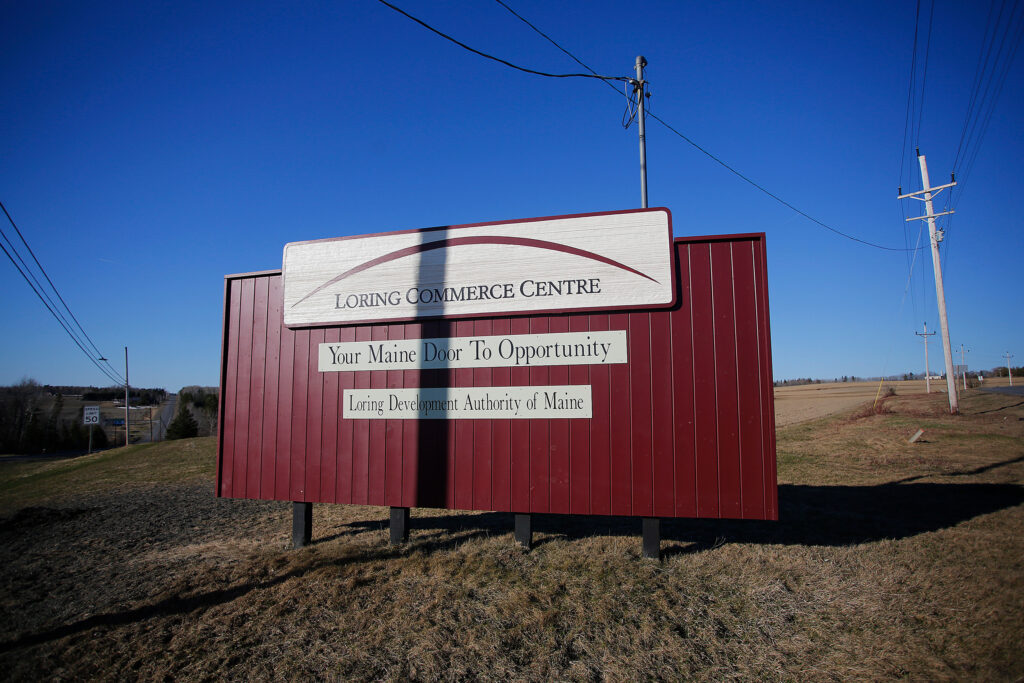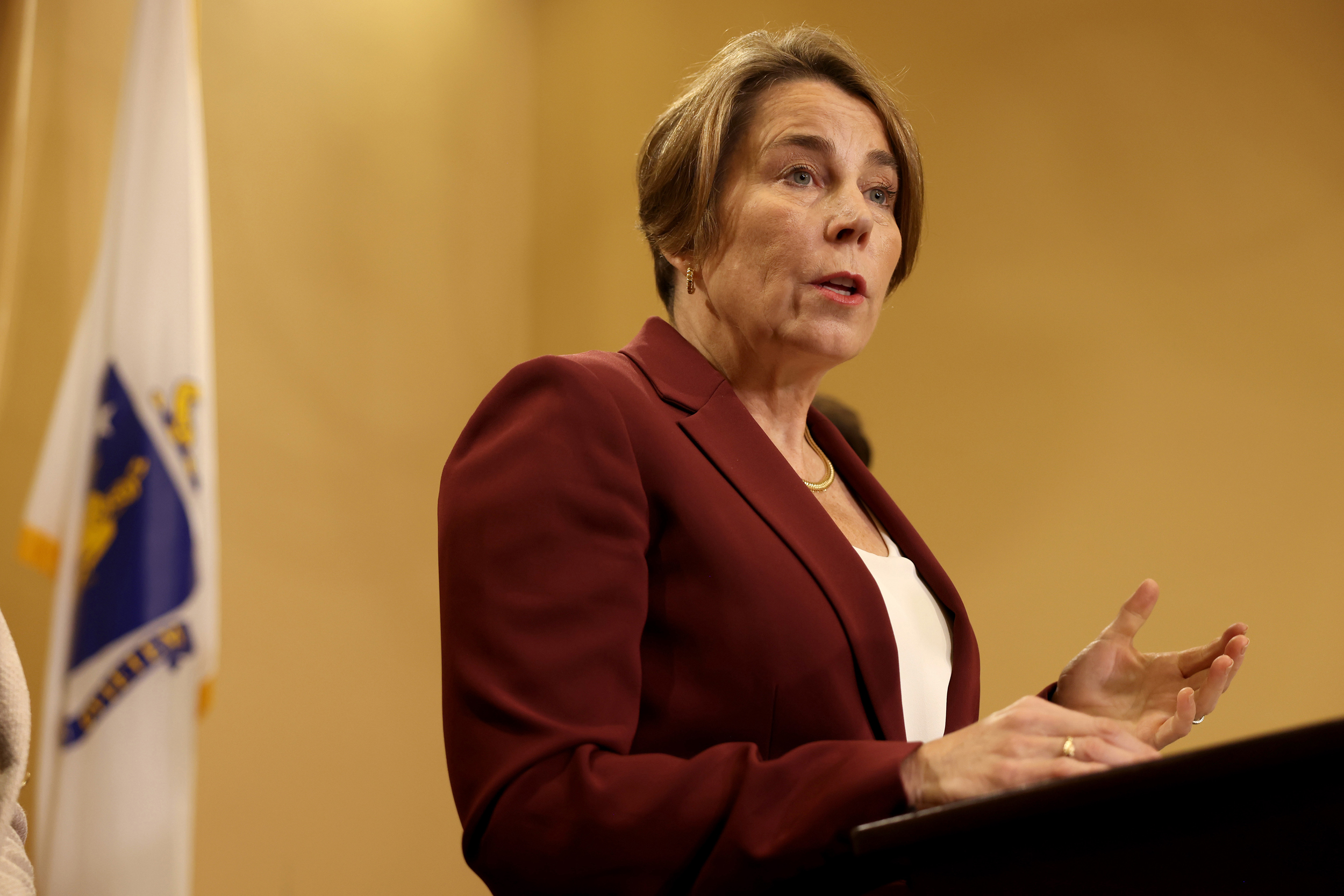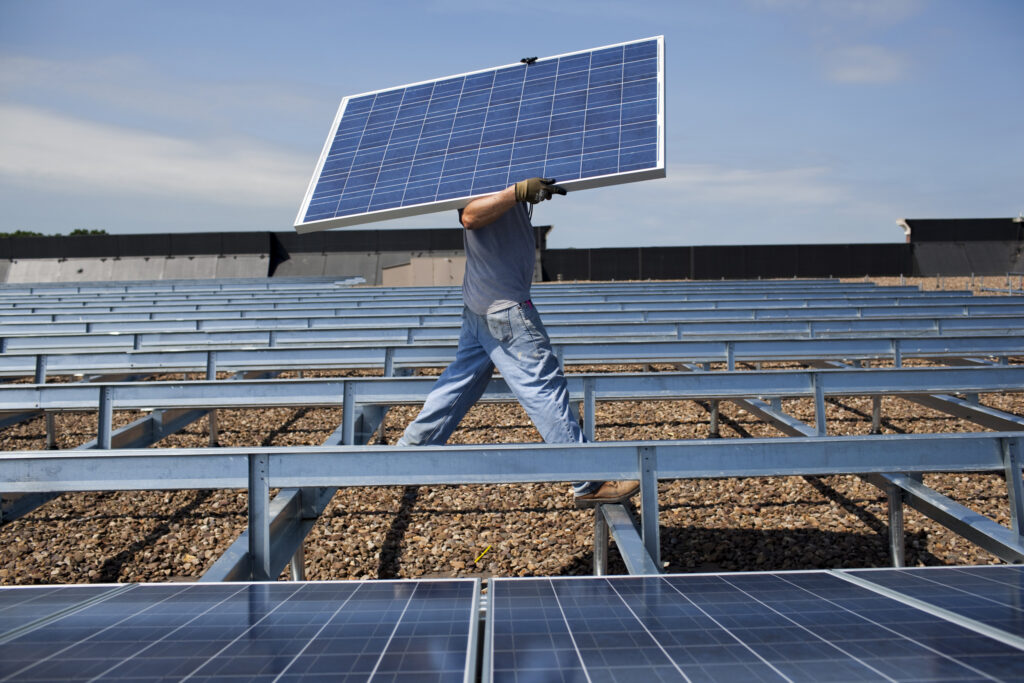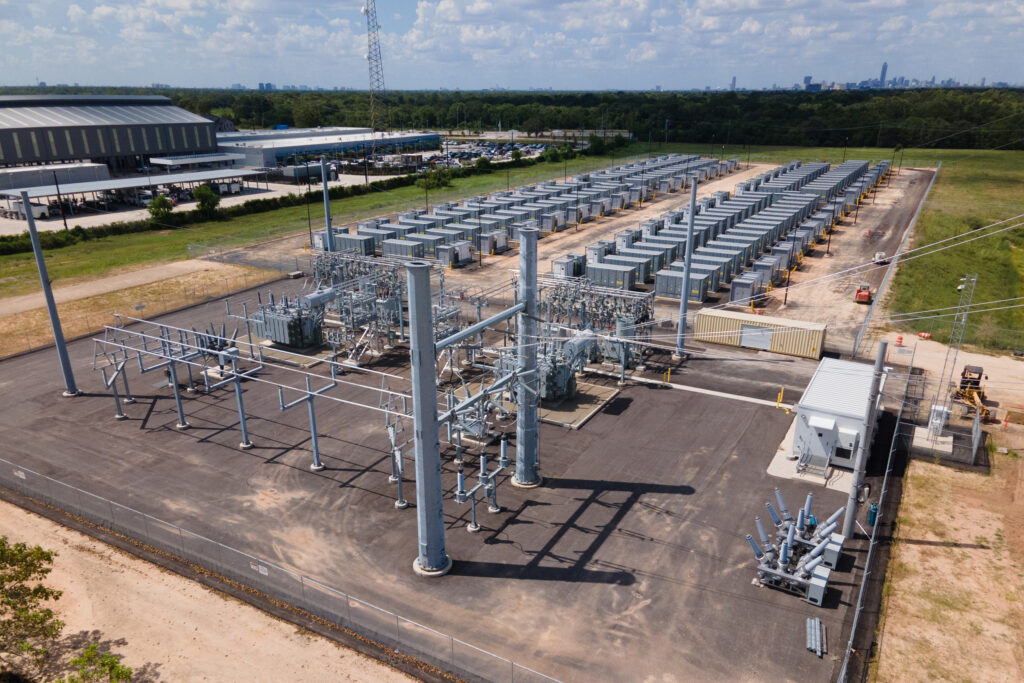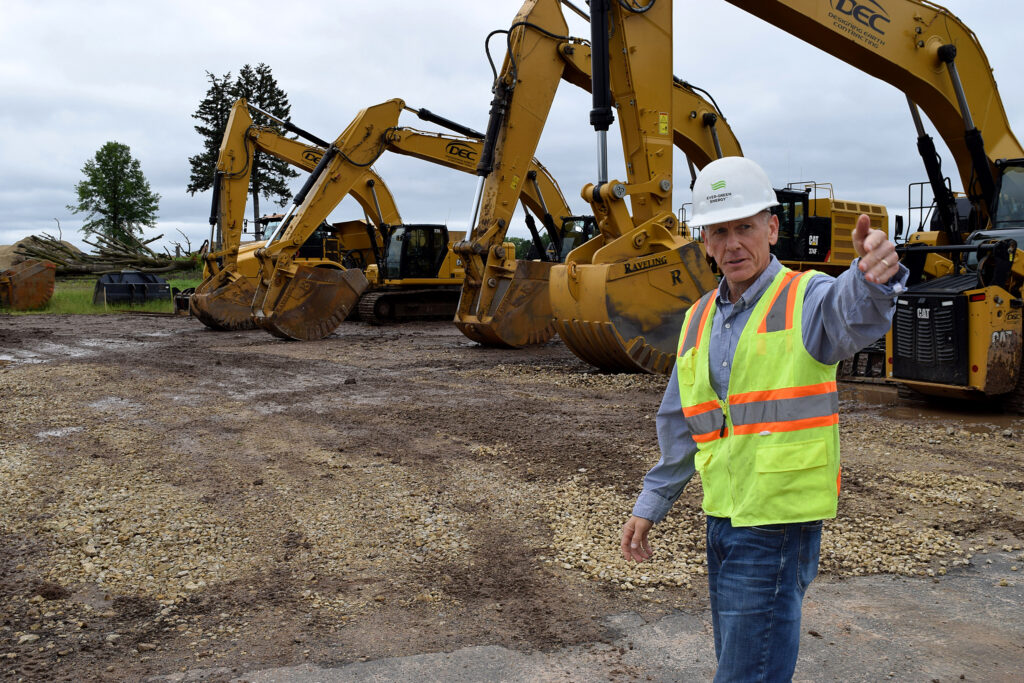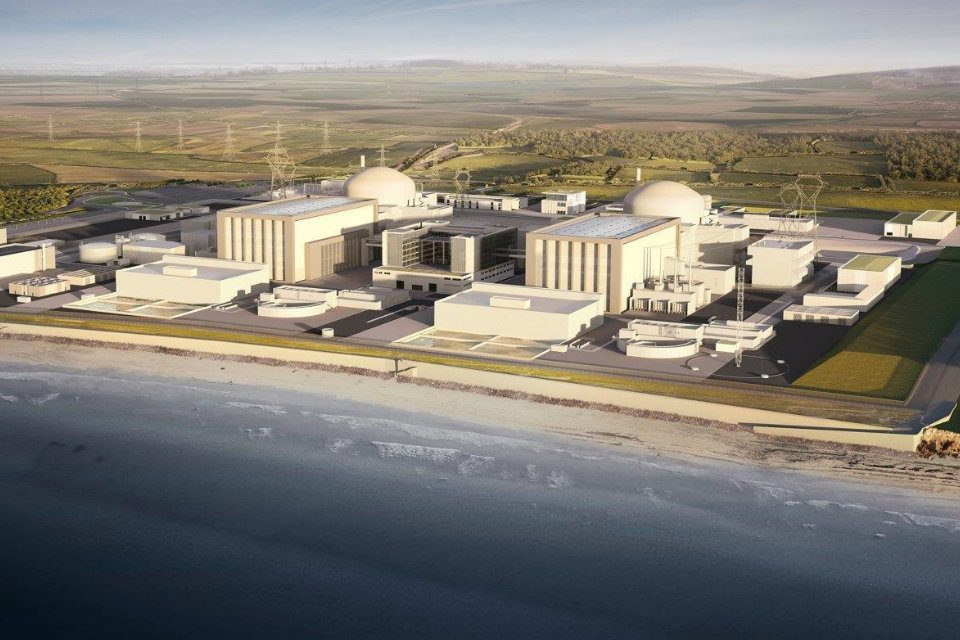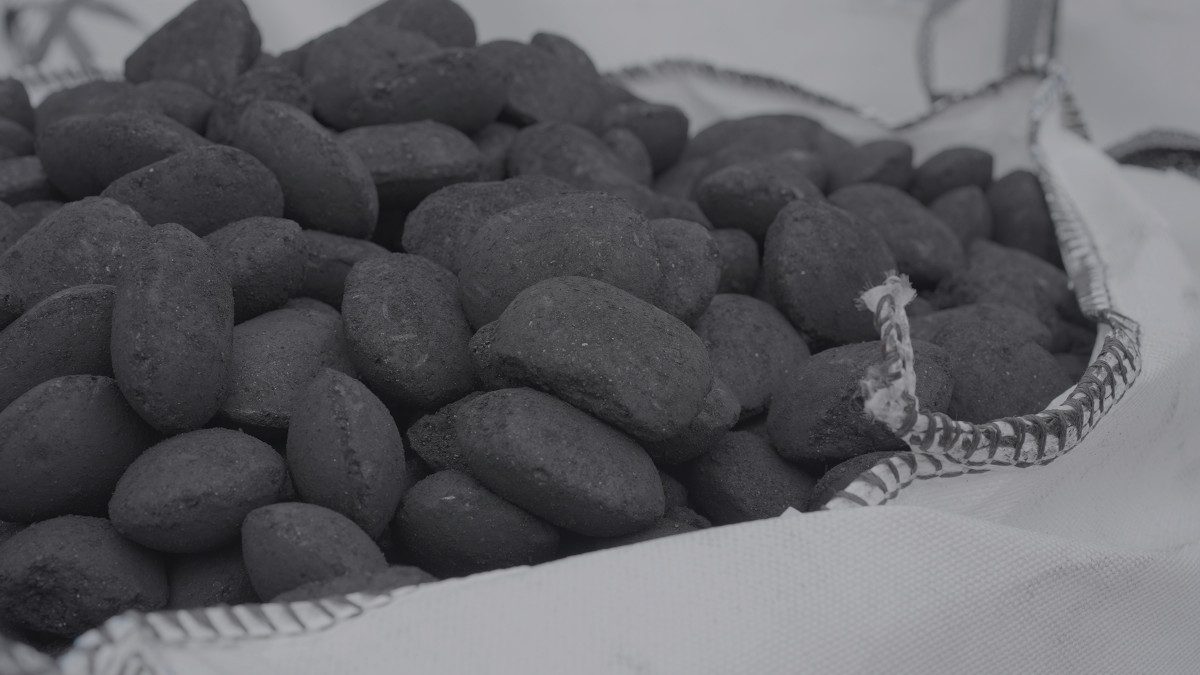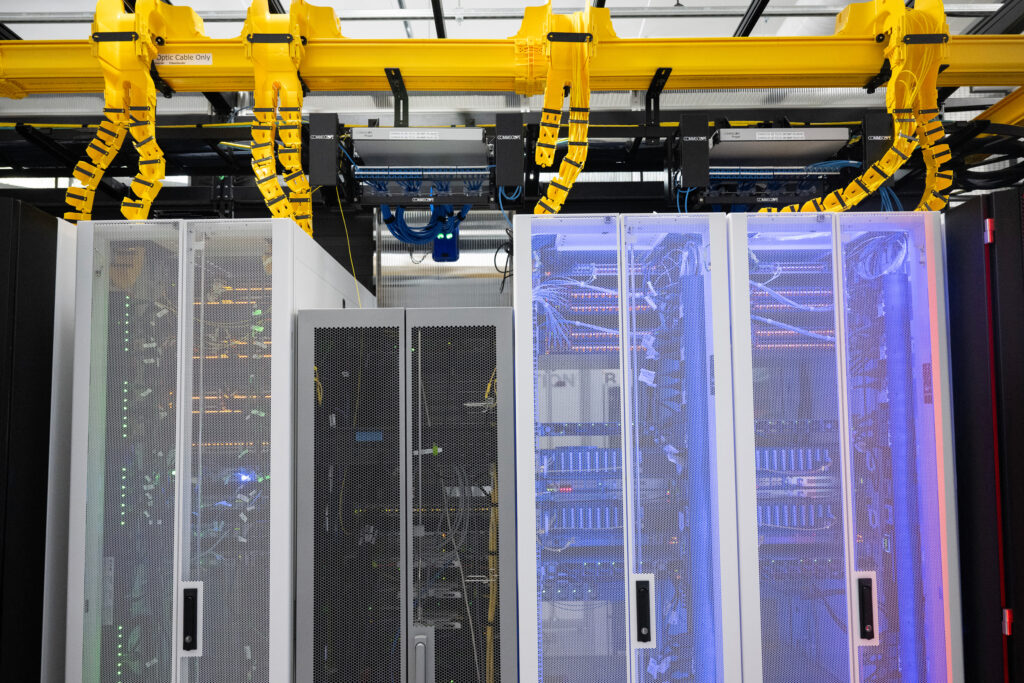From 2011 to 2023, U.S. electricity consumption was close to flat, despite substantial economic growth. Among the reasons for that steady rate of consumption: federal and state policies that encouraged energy conservation, including rules that led to a shift toward highly efficient light bulbs and tax breaks for reducing energy waste in buildings.
Steven Nadel played a big part in those policies as head of the American Council for an Energy-Efficient Economy, the Washington-based nonprofit where he has been on staff since 1989 and executive director since 2001.
He announced in January that he will step down from his leadership role by the end of the year and focus more on research. He is making this change at a time when the return of President Donald Trump means supporters of energy conservation are playing defense, and when the period of flat growth in electricity demand is giving way to a new era of rapid growth due in part to data centers.
A good introduction to Nadel’s work is a 2007 Congressional hearing, viewable in the C-SPAN archives, in which he held up light bulbs to call attention to loopholes in a lighting efficiency bill, looking like a rumpled science teacher. That bill, which lawmakers later amended to remove many of the loopholes, got rolled into a larger energy measure signed by President George W. Bush—a landmark for energy conservation in consumer products.
We’re hiring!
Please take a look at the new openings in our newsroom.
See jobs
Along the way, ACEEE grew from four people in 1989 to about 80 today. It’s an impressive record, said Amory Lovins, the energy efficiency guru and cofounder of RMI.
“Steve Nadel’s decades of visionary leadership in energy efficiency, spanning all sectors and ideologies, has been a marvel and a national treasure,” Lovins said. “There is no end to the good that he has done and, in his next chapter, will continue to do for us all.”
Nadel, 68, lives in Takoma Park, Maryland, with his wife, and has a grown daughter. In the coming years, you are more likely to see him backpacking, although he plans to continue his advocacy work, albeit at a slower pace.
I spoke with him about his career and how supporters of energy conservation are dealing with the return of President Donald Trump.
The following conversation has been edited for length and clarity.
You started at ACEEE in 1989, so take me back to then. What were you like, and what was your organization like?
George H.W. Bush had just been elected president, had just gotten inaugurated, and ACEEE was a small organization. I was person number four and worked on federal and state policy, did a few reports. We weren’t that well known and we were trying to have an impact on energy efficiency programs and policies despite our small size.

What do you see as the first big thing that you were part of in your tenure?
First thing I’d mention is appliance efficiency standards. ACEEE, before I joined, had played a major role in enactment of the 1987 federal appliance standard law. I was in Massachusetts at the time, but I was personally involved in that effort. So even though I wasn’t wearing an ACEEE hat then, I see that as a key ACEEE accomplishment that I helped contribute to. It’s been a humongous savings. We estimate that the average household is saving about $500 a year as a result of all these standards.
How much of that efficiency do you think would have happened anyway, and how much was it the policy that really helped to nudge manufacturers to make these changes?
Relatively small amounts would have happened anyway. If you look at the efficiency of products before different standards got set, they tended to be pretty level, and it was primarily the standards that helped push energy efficiency improvements. I’m generalizing across 60 products, but most of the manufacturers were not emphasizing efficiency. They were emphasizing bells and whistles and other things and it’s the efficiency standards that got them to really focus on efficiency.
What was the atmosphere like around this discussion, in partisan terms?
If you could explain why there were market barriers, how the efficiency standards helped address these barriers, while still giving consumers a large amount of choice, the majority of members in Congress would say yes, that makes sense. The first appliance standards law was signed by President Reagan. The vote was bipartisan. He wasn’t wild about it, but there were enough votes to override his veto, so he negotiated a few changes rather than fight it. The 2005 and 2007 standards were totally bipartisan. In 2005, I actually testified on them as a Republican witness. So it used to be much more bipartisan.
Somewhere along the way are the lighting standards.
That was the ’07 law where we set those standards and we negotiated with manufacturers, and then first there was an agreement, and Congress came up with a weak standard. I remember testifying and pointing at all the loopholes with show and tell and that seemed to have turned the tide, and Congress then was much more interested in closing loopholes, and the manufacturers responded, “OK, yeah, we understand it is a loophole. Let’s try to figure out a way to close that loophole without making it too difficult for us.”
We know with the benefit of hindsight that the country was heading into a period of flat growth in electricity demand, which had a lot to do with these efficiency policies, right?
That was an important time. We had the ’07 law. We were heading into the 2008 presidential election, and I remember we were doing a lot of work, traveling the state capitals at the time, talking about how the legislatures could basically set energy saving goals for their utilities. And we got a lot of take up then. So that was 2007, 2008, where these policies were becoming mainstream.
It’s just wild when you think about how we were able to go through this long period, which included a lot of economic growth and very little increase in electricity use. So what happened?
What happened? We started using the power, the energy, much more efficiently. Whether it was factories improving their processes, more efficient lighting and appliances, people retrofitting their homes, it really took off.
What do you see as the ending of this period in which energy efficiency was largely bipartisan?
Probably somewhere around 2015 or so. A lot of the bipartisan support started to decline. Some states, more conservative states, that had embraced it, started to backtrack. It was in 2015 to 2020 where that happened, where it stopped becoming bipartisan, and made it much more difficult to make policy progress on efficiency.
What was going on? What was in the water out there that made it so that this idea of the government helping people to save money by being more energy efficient became increasingly partisan?
Things became more polarized, and particularly in a much broader way, government was, according to some people, perceived to be the enemy, and these people sought to have the smallest government role possible. They started asking, “Gee, why is the government mandating light bulbs?” “Why is the government mandating savings targets?”
It’s not like there was one sudden thing, but efficiency issues became trench warfare, where everything started to be questioned.
What would you say to someone who’s arguing against the government being involved with energy efficiency?
I’d say that there are major societal benefits by pursuing efficiency. If we don’t have these policies, then it’s kind of the lowest common denominator. Everybody has to suffer the consequences, whether it’s higher energy prices because we’re having to build too many power plants, or air pollution. We need to do this because there are so many benefits that are greater than the individual choices people make.
So what are you doing next? Would you describe this next step as retirement?
I’m stepping down as executive director. I’m ready to take it a little easier, but my plan is to continue working on energy efficiency research, policies, programs, mentoring the next generation, but no longer being in management and being able to just concentrate on some of these other things. And yes, work a few less hours, because my current job is not a 40-hour-a-week job.
This story is funded by readers like you.
Our nonprofit newsroom provides award-winning climate coverage free of charge and advertising. We rely on donations from readers like you to keep going. Please donate now to support our work.
Donate Now
So what do you tell your successor, whoever that might be? What do you want them to know?
There’s always going to be opportunities to improve things. You have to look where the opportunities are and pursue them, and don’t spend too much time hitting your head against the brick wall. So we’re pivoting more to state and local programs, working with businesses, people who do care about this. Yes, we will work to defend key policies at the federal level, but making forward progress on efficiency at the federal level will be hard for the next few years.
So, look for those opportunities. Look for opportunities to build some consensus and move forward. It’s kind of like a military campaign. If the enemy’s dug in one place, you do an end run, you go somewhere else where you feel you can make progress.
Other stories about the energy transition to take note of this week:
Climate Aid Becomes a Flashpoint in a Battle for Control of the U.S. Government: The Trump administration’s push to dismantle the U.S. Agency for International Development has led to one of the major conflicts in these chaotic early days of the new administration, with the possibility of radical cuts in vital funding for global efforts related to climate change and renewable energy. Events are progressing quickly, but Dennis Pillion reported for ICN on what was happening as of Tuesday, with details on the harm to the Health Electrification and Telecommunications Alliance, a program that provides solar panels and battery energy storage to healthcare facilities in 11 countries.
Prices Rise for U.S. Renewable Energy Contracts: Renewable energy power purchase agreements got more expensive in the fourth quarter of 2024, although it’s far from clear how supply and demand for wind and solar contracts will be affected by the Trump administration. LevelTen Energy, which operates a marketplace for utility-scale solar and wind contracts, said solar and wind prices each rose 3.3 percent in the quarter, as Emma Penrod reports for Utility Dive. Corporations, local governments and others may purchase these contracts to meet goals for carbon-free electricity.
New Jersey Stops New Offshore Wind Contracts Following Trump Order: Trump’s executive order stopping new offshore wind permit approvals has led New Jersey officials to announce that they won’t go through their fourth round of awarding contracts for new projects in the state’s waters, as Nichola Groom reports for Reuters. The announcement was made just days after Shell backed out as a partner in an offshore wind project, Atlantic Shores, that had finalized a bid under New Jersey’s process. It remains to be seen how Trump’s order will affect other offshore wind projects that have obtained federal approval but are not yet built.
Moss Landing Battery Fire Leads to Health Fears, Evidence of Contamination and Concerns About Overreaction: People who live near the battery energy storage fire in Monterey County, California, describe experiencing health symptoms such as sore throats and rashes, and testing has shown the presence of heavy metals in nearby soils, as Kiley Price and I report for ICN. The fire that began Jan. 16 has inspired responses across state and local governments from residents. At the same time, an energy trade group is urging the regulators and the public not to overreact, pointing to evidence that fires in energy storage systems are rare.
Honda’s New EV Hub in Ohio Is Part of a Rebirth for the Company: Automakers are moving ahead with plans to shift away from gasoline engines, even as the Trump administration takes steps to slow this transition. Kevin Williams writes for InsideEVs about a media event Honda held to call attention to its investments in manufacturing in Ohio to make the region a global hub for producing batteries and assembling EVs. He explains some of Honda’s decades-long history in Ohio, and how the production of EVs is a significant change as the company prepares to serve the automotive market of the near future.
Inside Clean Energy is ICN’s weekly bulletin of news and analysis about the energy transition. Send news tips and questions to [email protected].
About This Story
Perhaps you noticed: This story, like all the news we publish, is free to read. That’s because Inside Climate News is a 501c3 nonprofit organization. We do not charge a subscription fee, lock our news behind a paywall, or clutter our website with ads. We make our news on climate and the environment freely available to you and anyone who wants it.
That’s not all. We also share our news for free with scores of other media organizations around the country. Many of them can’t afford to do environmental journalism of their own. We’ve built bureaus from coast to coast to report local stories, collaborate with local newsrooms and co-publish articles so that this vital work is shared as widely as possible.
Two of us launched ICN in 2007. Six years later we earned a Pulitzer Prize for National Reporting, and now we run the oldest and largest dedicated climate newsroom in the nation. We tell the story in all its complexity. We hold polluters accountable. We expose environmental injustice. We debunk misinformation. We scrutinize solutions and inspire action.
Donations from readers like you fund every aspect of what we do. If you don’t already, will you support our ongoing work, our reporting on the biggest crisis facing our planet, and help us reach even more readers in more places?
Please take a moment to make a tax-deductible donation. Every one of them makes a difference.
Thank you,





